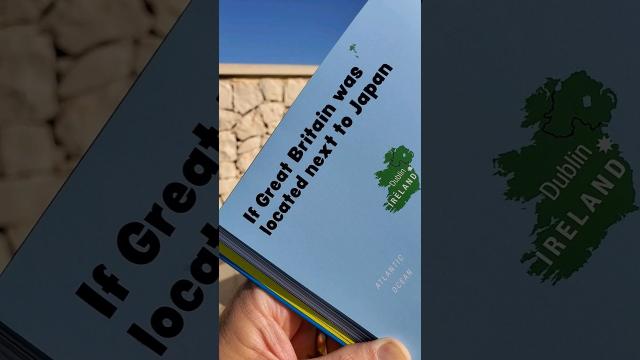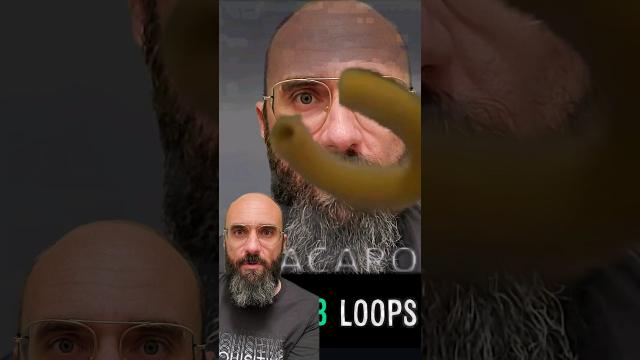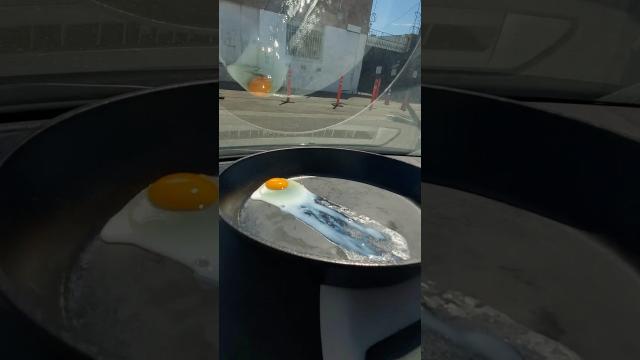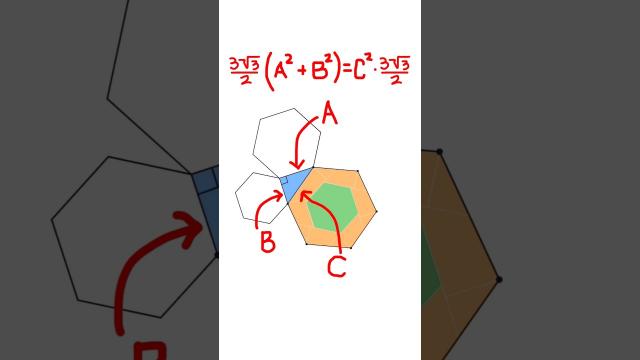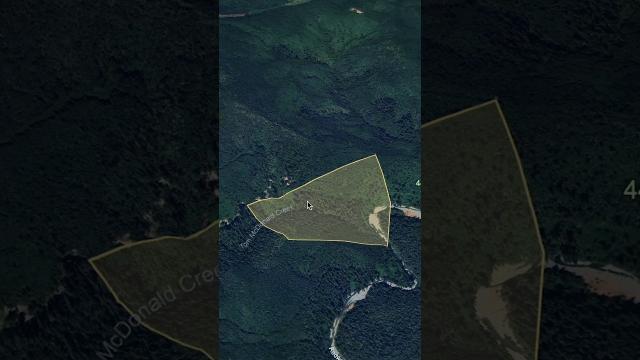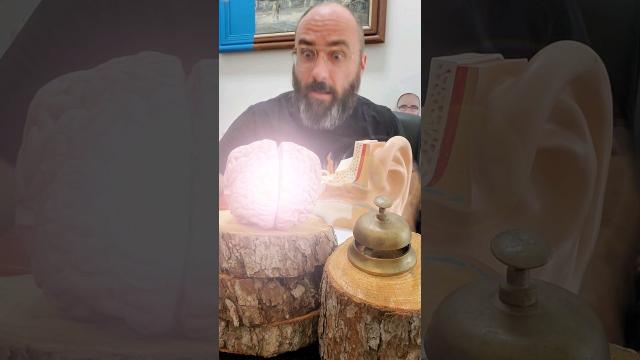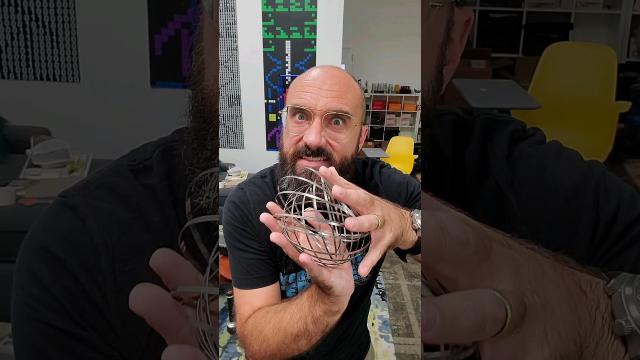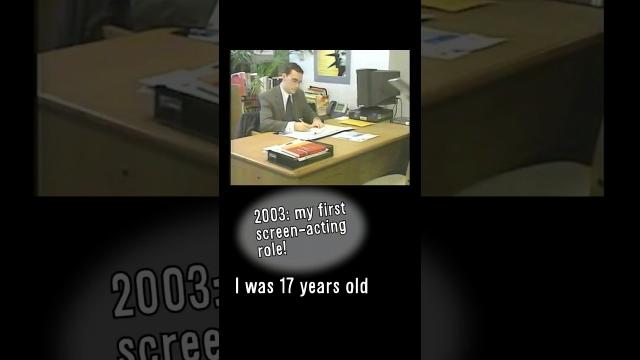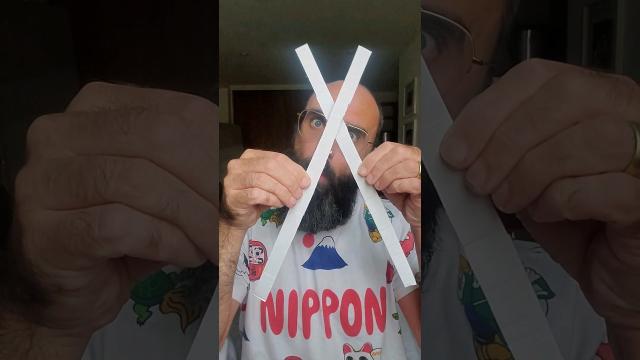Time Travel, Teleportation & Science
Time travel is the concept of moving between different points in time in a manner analogous to moving between different points in space, generally using a theoretical invention, namely a time machine. It has a commonly recognized place in philosophy and fiction, but has a very limited application in real world physics, such as in quantum mechanics or wormholes.
Although the 1895 novel The Time Machine by H. G. Wells was instrumental in moving the concept of time travel to the forefront of the public imagination, The Clock That Went Backward by Edward Page Mitchell was published in 1881 and involves a clock that allowed three men to travel backwards in time.[1][2] Non-technological forms of time travel had appeared in a number of earlier stories such as Charles Dickens' A Christmas Carol. Historically, the concept dates back to the early mythologies of Hinduism (such as the Mahabharata), Buddhism, and Islam through ancient folk tales. More recently, with advancing technology and a greater scientific understanding of the universe, the plausibility of time travel has been explored in greater detail by science fiction writers, philosophers, and physicists.
Teleportation, or Teletransportation, is the theoretical transfer of matter or energy from one point to another without traversing the physical space between them. It has a commonly recognized place in science fiction literature, film, and television, but as yet has a very limited application in real world physics, such as quantum teleportation or the study of wormholes.
Science (from Latin scientia, meaning "knowledge") is a systematic enterprise that builds and organizes knowledge in the form of testable explanations and predictions about the universe. In an older and closely related meaning, "science" also refers to a body of knowledge itself, of the type that can be rationally explained and reliably applied. A practitioner of science is known as a scientist.
In modern usage, "science" most often refers to a way of pursuing knowledge, not only the knowledge itself. It is also often restricted to those branches of study that seek to explain the phenomena of the material universe.
Source : Wikipedia
-
16:29
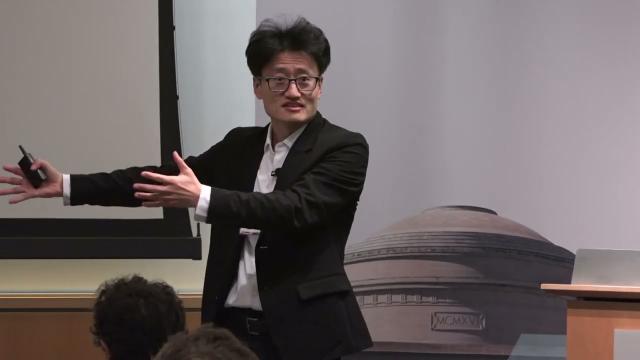
Mobility and Cities: Five areas AI helps and where it does not
Added 112 Views / 0 LikesProfessor Jinhua Zhao of MIT’s Department of Urban Studies and Planning discusses how AI impacts human transportation and ways it cannot yet meet our needs.Watch more videos from MIT: http://www.youtube.com/user/MITNewsOffice?sub_confirmation=1The Massach
-
16:59
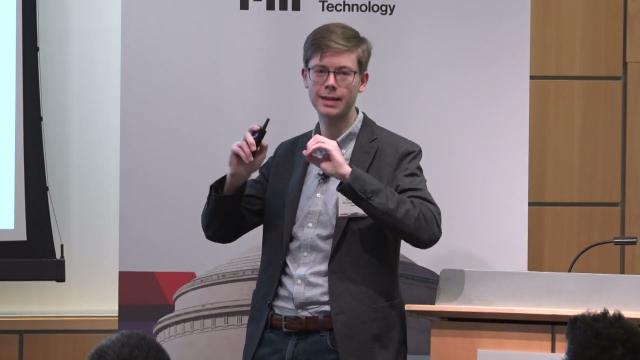
Generative AI for Molecular Design & Synthesis
Added 111 Views / 0 LikesProfessor Connor Coley of MIT’s Department of Chemical Engineering discusses how computation can help us navigate the vast landscape of possible molecules for therapeutics and other applications.Watch more videos from MIT: http://www.youtube.com/user/MITN
-
01:01
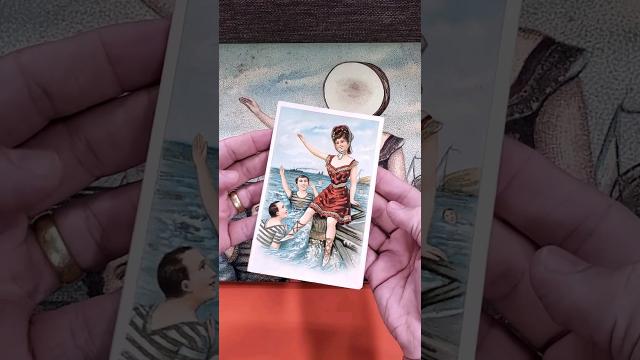
I Finally Found One!
Added 111 Views / 0 LikesAt least 5 are now known to exist! I posted scans of both sides to r/neutralmilkhotel#neutralmilkhotel #intheaeroplaneoverthesea #itaots #coverart #reddit #album #musichistory #postcard #1900s #vintage #collection #history #original #jeffmangum #chrisbilh
-
00:58
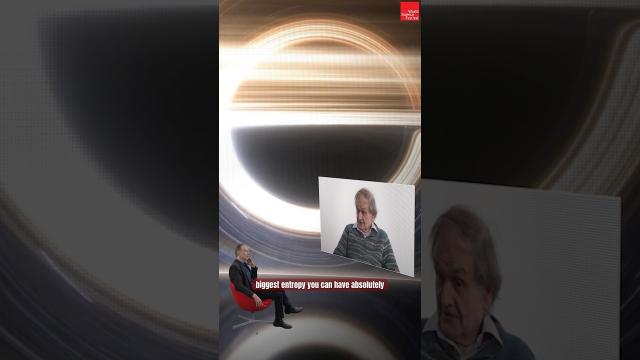
Roger Penrose on the peculiarities of Time, Black Holes, and The Cosmos #rogerpenrose #blackholes
Added 111 Views / 0 Likes -
44:45
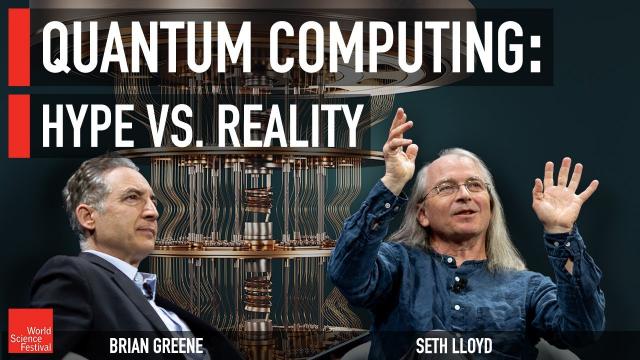
Quantum Computing: Hype vs. Reality
Added 109 Views / 0 LikesAre quantum computers the game-changer they're described to be, or is the promise of exponential speedup overblown? Join pioneer Seth Lloyd and Brian Greene as they discuss how the fundamental principles of quantum mechanics are leveraged by quantum compu
-
07:25
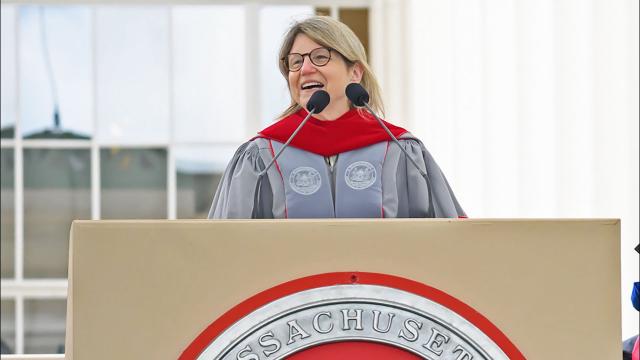
MIT President Sally Kornbluth Charge to the Class of 2024
Added 108 Views / 0 LikesMIT President Sally Kornbluth delivered her charge to the Class of 2024 on May 30th.Watch more videos from MIT: http://www.youtube.com/user/MITNewsOffice?sub_confirmation=1The Massachusetts Institute of Technology is an independent, coeducational, private
-
04:13
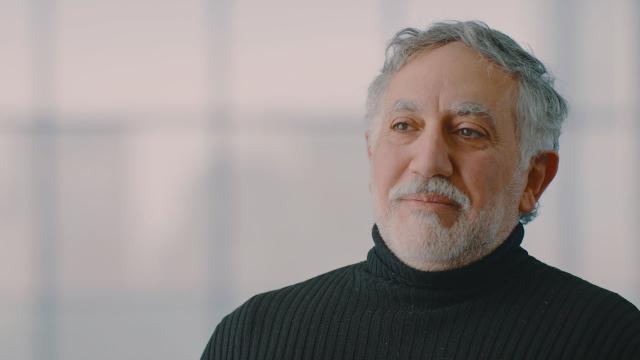
The World at MIT: Hashim Sarkis
Added 108 Views / 0 LikesHashim Sarkis knew his calling early. He loved art and the way buildings looked and fit together and remembers that, even as a preschooler, he wanted to design them. Seeing photos of MIT’s “beautiful modernist buildings” in an architecture history textboo
-
00:57
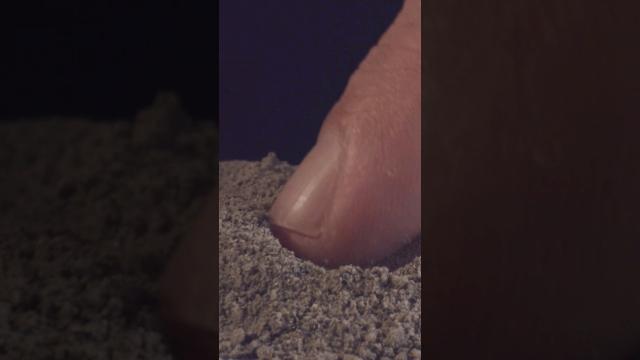
What Does Mars FEEL Like?
Added 108 Views / 0 LikesJoin me with code MARS for 30% off your first box!https://www.curiositybox.com/
-
03:53
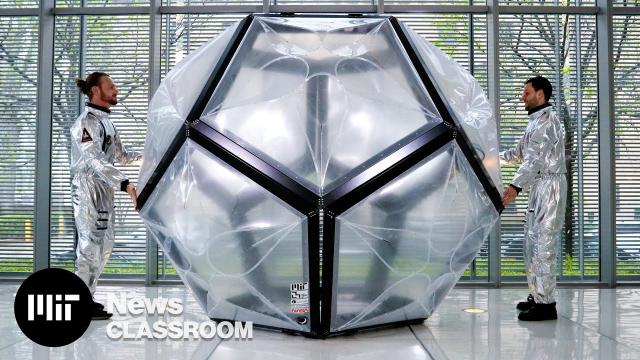
Space Architecture
Added 106 Views / 0 LikesThe Space Architecture Design Studio is a collaboration between MIT Architecture, the Department of Aeronautics and Astronautics and the MIT Media Lab. This course brings together designers and engineers to plan, build and test habitats for extreme weathe
-
41:15
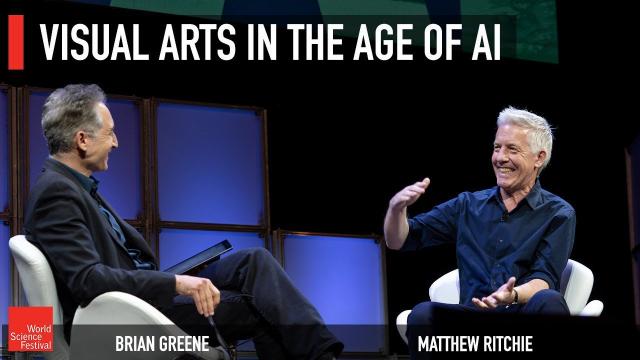
Visual Arts in the Age of AI
Added 106 Views / 0 LikesIs creative expression the exclusive domain of the human mind, or can artificial intelligence reach -- or assist humans in reaching -- the enigmatic brilliance of artistic genius? Renowned multimedia artist Matthew Ritchie joins Brian Greene to delve into
-
04:22
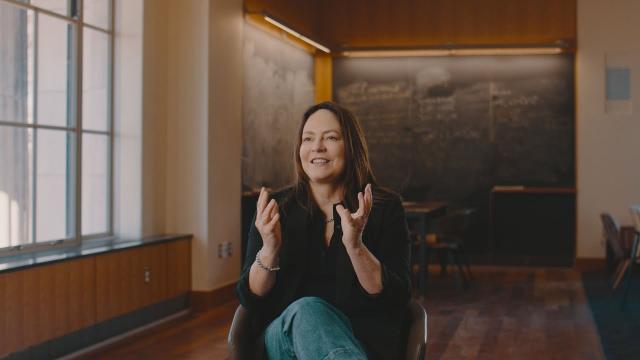
The World at MIT: Pattie Maes
Added 105 Views / 0 LikesComing of age in Belgium during the European economic crisis of the 1970s, Pattie Maes decided to pursue computer science for purely practical reasons – it was a field with jobs. She eventually realized, however, she didn’t want a corporate position and s

